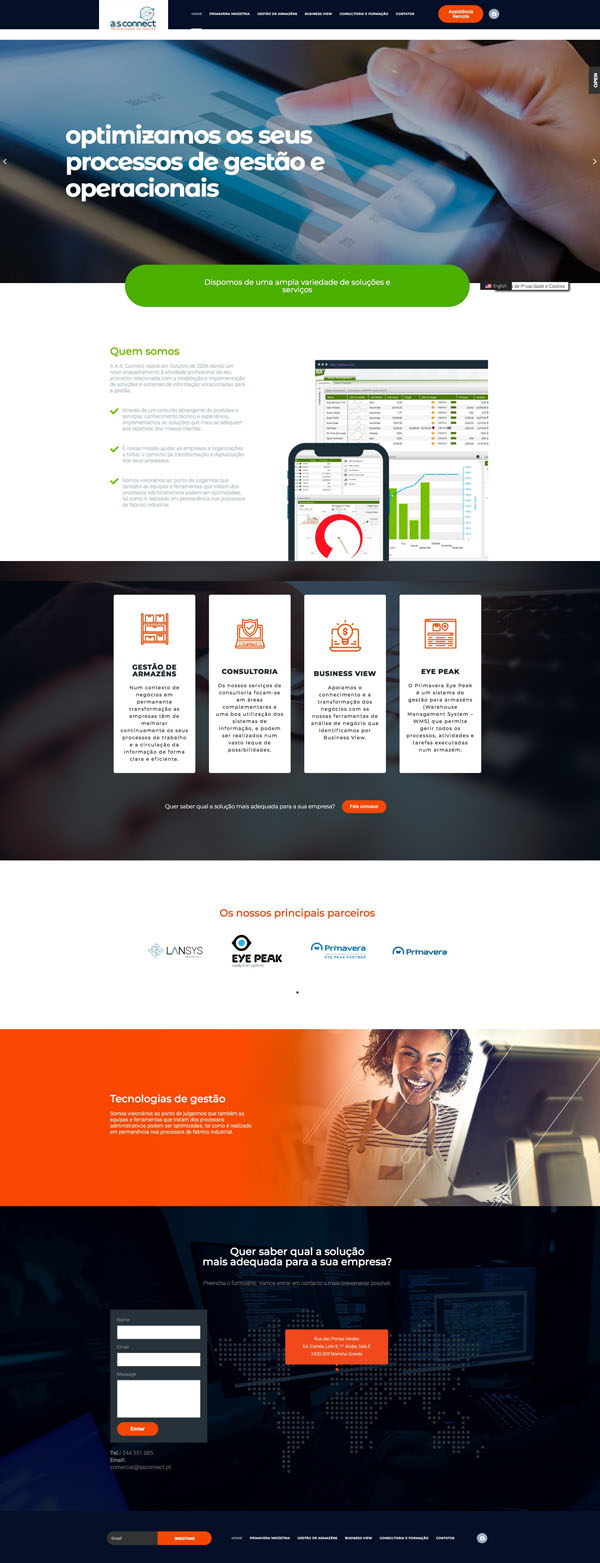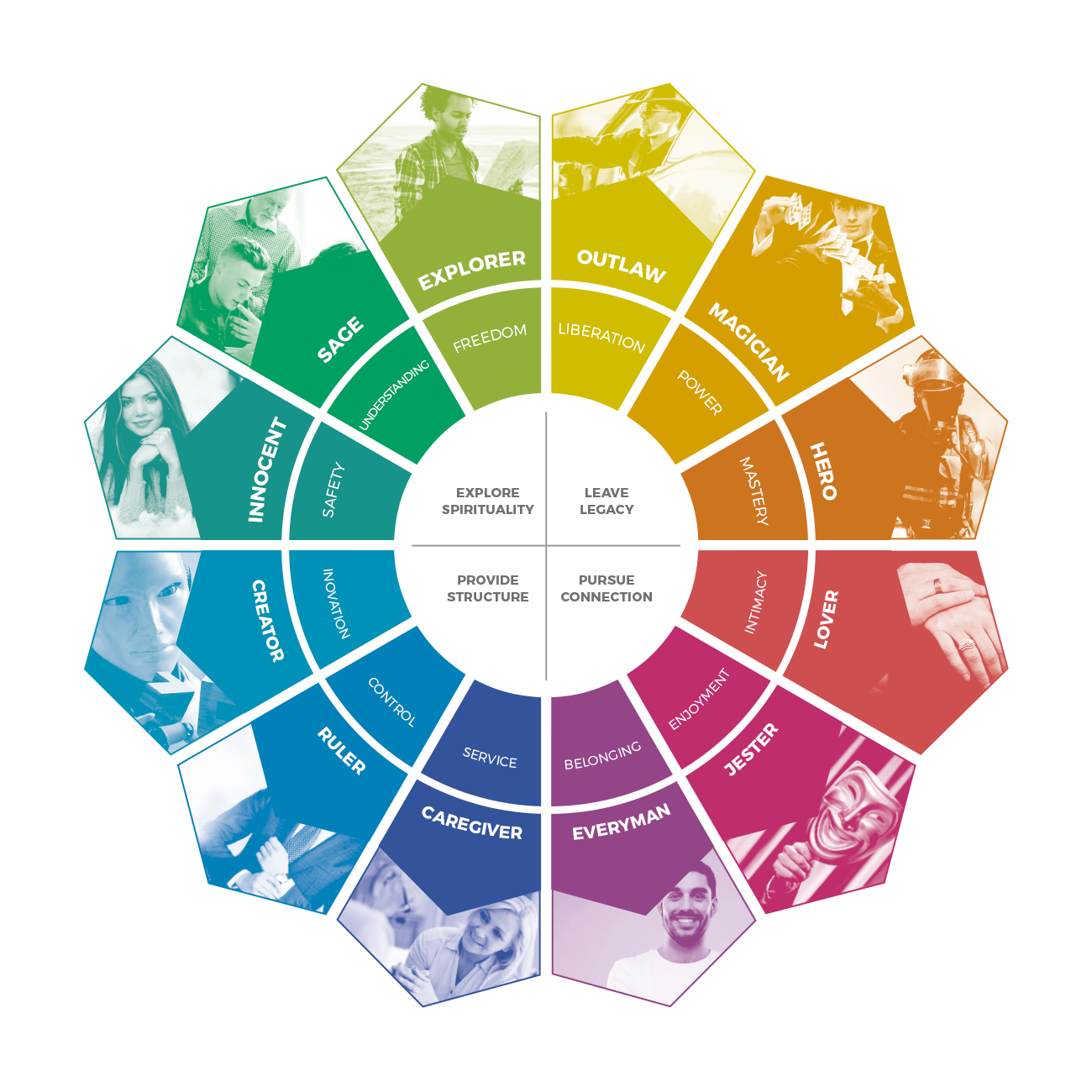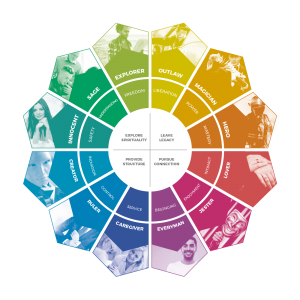
For business websites, there’s something that is more important than great design, better than high search engine rankings, and more profitable than instinctive site navigation.
The most important objective for any business website is visitor engagement. Why? Because if you can engage people in interesting and positive ways, they will stay longer, come back more often, and keep spending more money.
Engaging Visitors
The challenge of any web page designer is to find ways to keep people engaged with the website once they arrive there. The key metrics in visitor engagement are the amount of time people spend on the pages, how many times they interact with the content, and whether or not they take the desired action built into the page design, such as joining an email list or actually buying a product or service.
High engagement levels do more than just boost your sales. They also build your brand and help create long-term loyalty with customers. And that’s more essential to your business’s success than simply a one-time sale. When you can get people to buy into your brand, you can create customers for life, not to mention ambassadors for your brand to other people including their social media contacts.
Lytron Strategic
At Lytron, we specialize in creating websites that engage visitors from the moment they arrive on your business’s web page. Our expert brand specialists use the latest design features to incorporate your brand, your business’s values, and even your personality into your pages in appealing and interactive ways. From small businesses to big corporations, web page engagement is the gold standard in today’s digital business environment.
The best web pages are as engaging as they are informative. With Lytron on your side, you can enjoy enhanced brand loyalty, longer page visits, and a bigger bottom line.





 Have you run out of ideas for promoting your business? We have one and it’s a good one: A lot of small businesses struggle to find new ways to make genuine connections with customers when they already have everything they need all along in their origin story.
Have you run out of ideas for promoting your business? We have one and it’s a good one: A lot of small businesses struggle to find new ways to make genuine connections with customers when they already have everything they need all along in their origin story.

